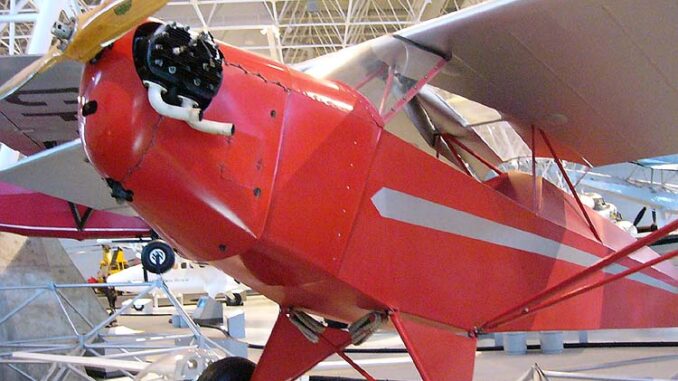
By Mark W. Stewart, EAA# 412692 – VAA# 22984 – From an article originally published on www.eaavintage.org
The Vintage Aircraft Association is proud to host a 90th Anniversary celebration of the Continental A-40 engine at EAA AirVenture Oshkosh 2023. Look for at least a dozen actual A-40 powered aircraft including one flying with a single-bladed Everel propeller. Some of these aircraft will be brought center-stage at Vintage in Review for an in-depth interview with the owners. You’ll also be able to see a cutaway A-40 engine on display in the Vintage Hangar.
When the Continental A-40 engine was introduced in 1931, it changed everything in general aviation. Few people know of the A-40 engine nor of the pivotal role it played. This little engine gave birth to general aviation as we know it today. The 37 hp A-40 completely changed the cost of flying. It was now economical for flight schools to purchase, operate, and maintain these little engines. As the world’s very first horizontally opposed four-cylinder engine, it launched a whole new engine design platform, that is still in production today. The compact design of the A-40 also allowed aircraft designers to reduce the drag of the engine and streamline the entire aircraft to achieve 200 mph for a four-place airplane.
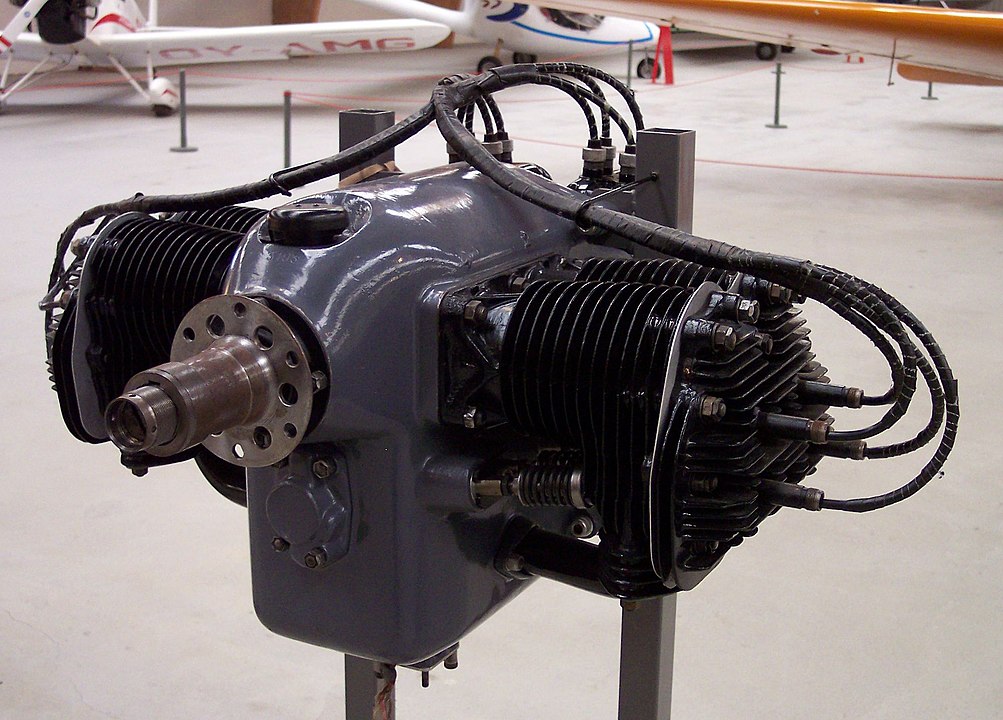
Prior to the A-40, flight schools were few and far between because they were not profitable. Flying heavy and expensive radial engine-powered planes was only for the rich, especially in the early 1930s and the Great Depression. The lightweight, low-cost A-40 engine, paired with the introduction of lightweight aircraft, changed all of that. Now, for the first-time flight schools could be profitable and the average person could not only afford flying lessons but could also afford to buy their own airplane.
Not only did the A-40 make flying affordable for the general public, but it started a whole new engine design platform, the horizontally opposed four-cylinder engine. The A-40 was the cornerstone engine for all lightweight aircraft engines that followed. Think of the hundreds of thousands of horizontally opposed four-cylinder engines that have been built over the past nine decades and they all owe their start to the A-40. Manufacturers like Piper, Beech, Cessna, Aeronca, Mooney and many more all used flat four-cylinder horizontally opposed engines on their aircraft, from engine makers like Continental, Lycoming, Franklin, and Manasco. Whether four-cylinder, six-cylinder, or even the 400 hp, eight-cylinder horizontally opposed engine, the A-40 is the grandfather of them all.
The A-40 was “the little engine that could” and it did, giving birth to general aviation with 2,500 airplanes in the 1930s. The unique design of the A-40 completely eliminated all other engine designs. The other engines include the three, five, and seven-cylinder radial engines, the in-line four-cylinder engines, the inverted in-line four-cylinder engines, and the two-cylinder horizontally opposed engines. They all disappeared from the lightweight aircraft general aviation market by the early 1950s.
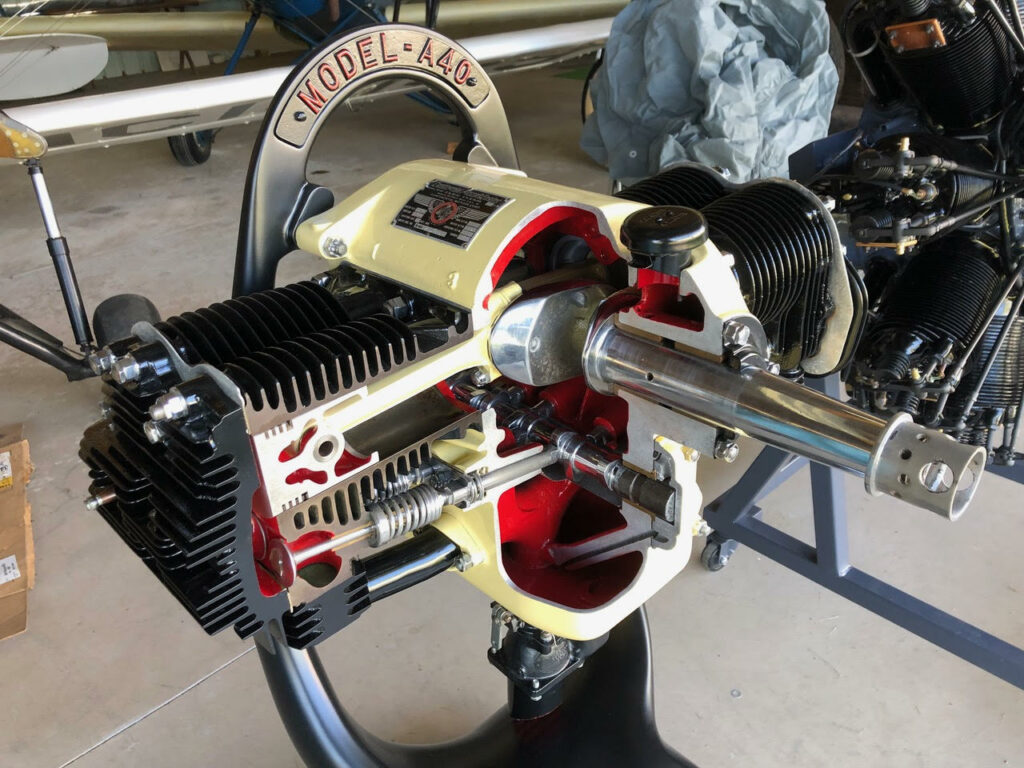
Aircraft design was radically changed by the A-40 as well. The four-cylinder horizontally opposed engine was a natural fit for the side-by-side seating in airplanes. The design provided an unobstructed view out the front, reduced the drag of the aircraft, and offered a practical environment for flight instruction. Can you picture a five-cylinder radial engine on the nose of a Cessna 172? The inline engines of the day made the nose of the airplane very long, like the inverted 200-hp Ranger on a Fairchild 24. The compact and lightweight design meant that the aircraft designer could substantially shrink the nose area, and the cabin width thereby streamlining the aircraft. These design changes also led to the aerodynamic pressure cowling that is ubiquitous on aircraft today. This pressure cowling enables a four-place airplane to cruise at 200 mph while burning just 18 gph.
Several aircraft makers used the A-40 to power their planes, but none more than Piper Aircraft. Piper, including the Taylor Aircraft Company’s planes, built over 1800 aircraft with the A-40 engine from 1931 to mid-1938. Taylor started the Taylorcraft Aviation Company and produced 606 Taylorcraft Model A’s powered by the A-40. In total, Continental manufactured over 2,600 engines which launched the lightweight aircraft industry that we know today.
Stop in the Vintage Hangar and see a cutaway of the A-40 engine and learn more about its history. Also, be sure and walk through the first row of Vintage Aircraft parking and inspect more than a dozen A-40 powered aircraft from the 1930s, Cubs, Taylorcrafts, and Heaths, all flown into Oshkosh for your enjoyment.
To learn more and support EAA Vintage, visit www.eaavintage.org
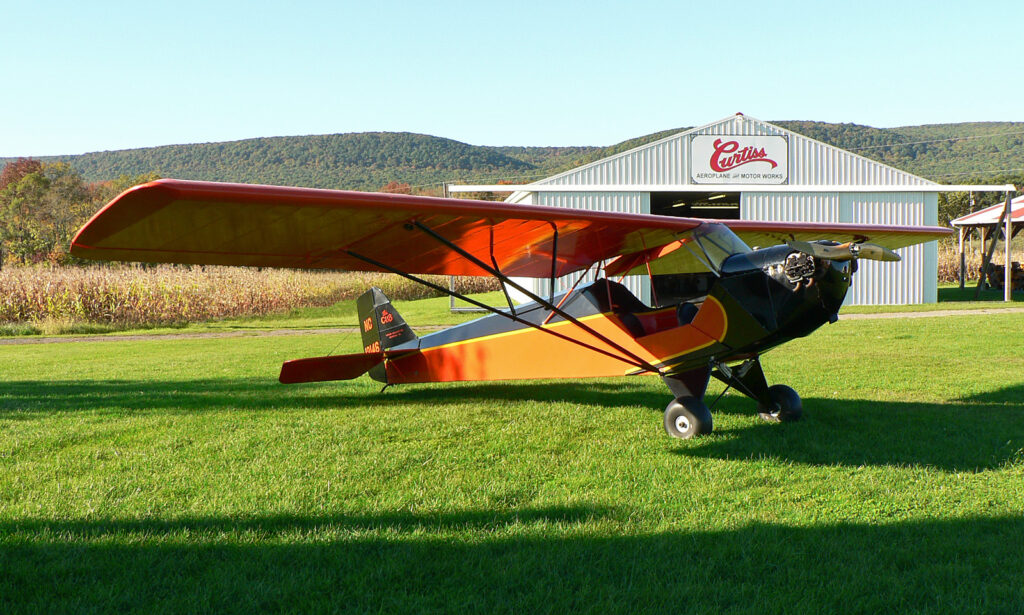
The Golden Age Air Museum in Bethel, Pennsylvania, rescued and restored this rare Taylor E-2 Cub to flying condition. It is one of the oldest of the type in existence. Image via Wikipedia


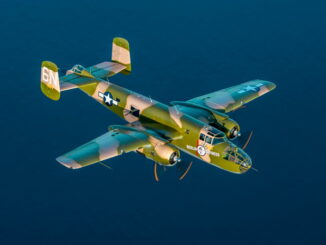
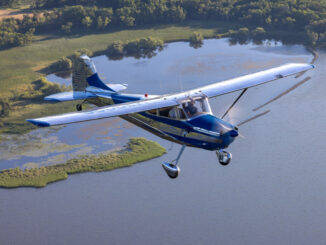
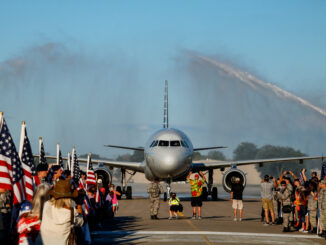

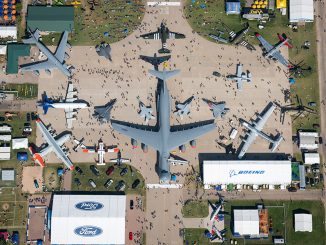
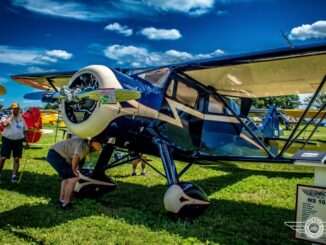

Be the first to comment
Graphic Design, Branding and Aviation Art